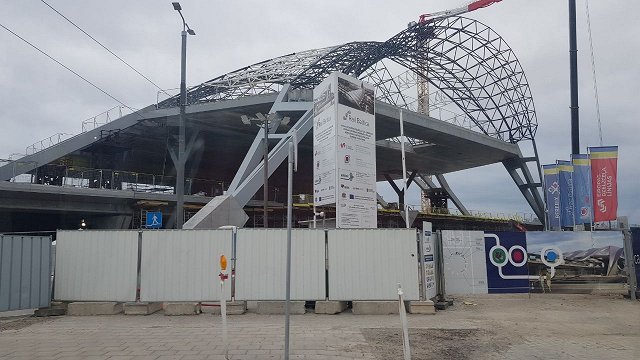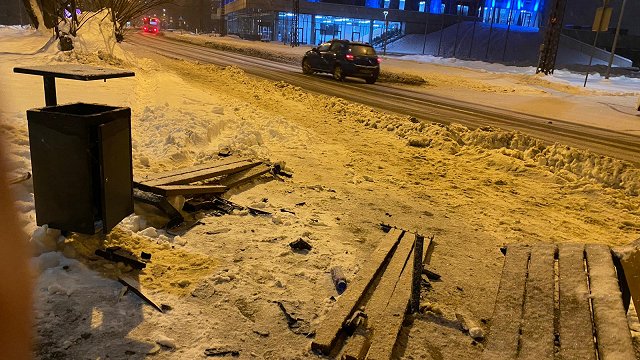Some, at least in the foreseeable future, will remain in the depot as a reserve to be brought back into service, if one of the new trains breaks down. However, others could potentially be sold off.
Currently, out of a total of 25 old electric train sets, seven continue to work on a daily basis. They will be taken off the tracks when Latvia receives its remaining new Škoda trains. At that point 13 full trains will continue to stand in the depot.
"We keep 13 trains in reserve. Accordingly, these 13 trains are in such a technical condition that additional investments are not required. They are operable. If such a need arises, these trains can be safely put on the lines, and they are capable of transporting passengers," said Edgars Butāns, head of communication and marketing at PV.
The fate of the remaining 12 units is yet to be decided. However, as PV points out, there is no rush in this regard, because there is enough space for all of them at its depot. Selling these trains could be considered as one of the potential options.
Since they only recently finished their duties on the rails, in theory they could be sold to another country for continued use. However, Toms Altbergs, head of research at the Railway Museum, says that the trains might be difficult to sell due to their age and the old Soviet track gauge they were designed for.
"Their physical wear and tear is so significant that I wonder if anyone would be very interested," said Altbergs, suggesting that the most likely fate of the old trains will be scrapping: "There are also many newer rolling stock units that have been produced relatively recently, because the demand for wagons, locomotives of this width is no longer anywhere in the world, except in Russia, where there are also more modern trains."
The Railway Museum would like to have one of these trains, as they have historic value. However, it lacks funding and a free place in the museum, and in fact, a representative of this model is already in the museum, only an older one - produced back in 1963 and withdrawn from circulation in 2004.



























